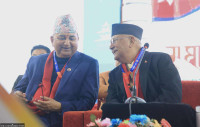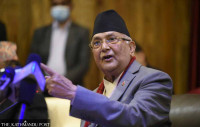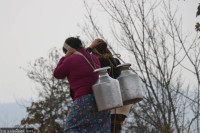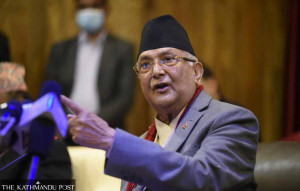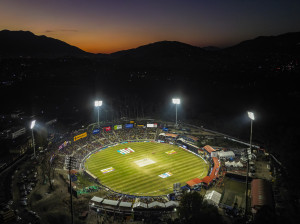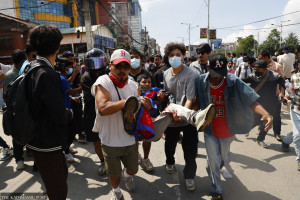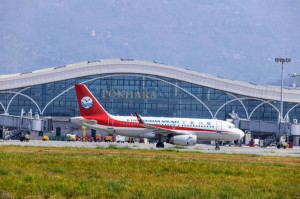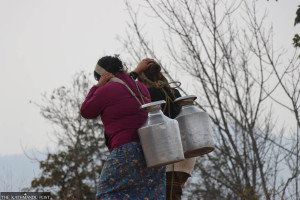Editorial
Unfinished task
It’s been exactly two years since the devastating 7.8-magnitude earthquake hit Nepal. The quake, coupled with another aftershock of 7.3 magnitude, caused major destructions and claimed around 9,000 lives.
It’s been exactly two years since the devastating 7.8-magnitude earthquake hit Nepal. The quake, coupled with another aftershock of 7.3 magnitude, caused major destructions and claimed around 9,000 lives.
The earthquakes also destroyed over 500,000 private houses, affected livelihoods of about 5.6 million workers, and caused losses worth over Rs700 billion. These effects erased over Rs36 billion off the gross domestic product of fiscal year 2014-15, causing economic growth to decelerate to 2.3 percent in that year.
The damages were colossal. Yet the then government did not dither and immediately prepared a report that gave a ballpark figure of the losses and the amount required to rebuild structures and restore livelihood. The government’s business-like approach was widely praised by the international community, which pledged to plough in $4.1 billion to support the country’s reconstruction drive.
Fast forward two years and time seems to have stood still. Hundreds of thousands of people are still living in makeshift camps, students are compelled to call temporary shelters their classrooms and centuries-old monuments are yet to be restored.
The National Reconstruction Authority (NRA), the apex body formed to oversee all post-earthquake reconstruction works, has maintained that its first priority is to relocate quake survivors from temporary shelters to their own quake-resilient houses. To this end, the NRA has been extending a housing grant of Rs300,000 to each family rendered homeless in three
instalments.
But the grant distribution process is moving ahead slowly; the NRA started signing housing grant agreements in March 2016. But even today 13 percent of the households eligible for the grant are yet to receive the first instalment of aid. When these people will receive the money and move into their own houses is still a big question.
But this should not mean the NRA’s total focus should be on private house reconstruction. Although this should always remain a priority area, other sectors also need due attention. Many schools and health centres, for example, are yet to rise from the rubble, while age-old monuments of historic importance that attract hordes of tourists have to be restored.
Studies should also be conducted to ascertain whether people living in earthquake-hit areas have slipped back into poverty. Such a situation will not only roll back the gains made by the country in fighting absolute poverty, but will also create social problems.
If the NRA is lacking human resources to execute these tasks, it should rope in the private sector and ramp up the process of rebuilding infrastructure and restoring livelihood. People have waited for too long.




 19.12°C Kathmandu
19.12°C Kathmandu
